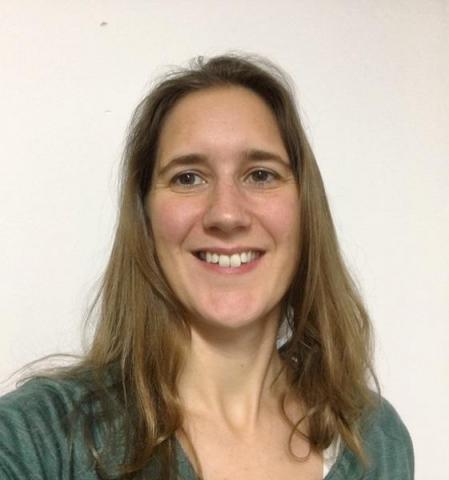About the project
CO2 taken up from the atmosphere by biological processes in the ocean is transferred into the deep ocean mostly in the form of sinking particles. Without this “biological carbon pump”, atmospheric CO2 would be 50% higher than it already is. Despite its importance, our understanding is limited by scarce ship-board observations, especially how particulate organic carbon (POC) fluxes vary over days to seasons. However, a growing network of underwater robots are opening the door for high-resolution observations of these sinking particles. Gliders are unmanned autonomous vehicles that make measurements over weeks to months, including optical backscatter data which can be used to estimate POC fluxes. At one of the UK’s long-term observing sites (https://projects.noc.ac.uk/pap/) we have collected data from multiple glider missions, including in collaboration with colleagues at NASA (https://oceanexports.org/). These data will allow important unresolved questions to be addressed: How do fluxes vary seasonally in relation to phytoplankton blooms? How episodic are the fluxes? What are the implications for characterizing global-scale organic carbon fluxes? (Bol et al., 2018; Henson et al., 2015) Filling this gap will allow better predictions of how this important planetary carbon flux is linked to productivity and how it responds to variability in the environment.
For full project details visit the Inspire project page.
Lead supervisor
- Professor Stephanie Henson (National Oceanography Centre)
Supervisors
- Doctor Nathan Briggs (National Oceanography Centre)
- Doctor Anna Hickman (University of Southampton)
